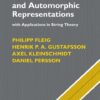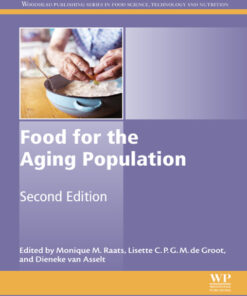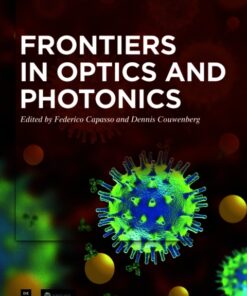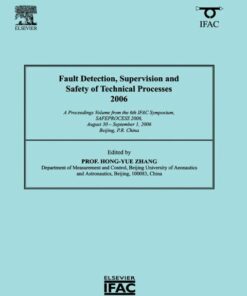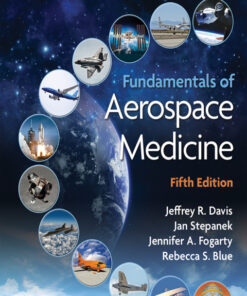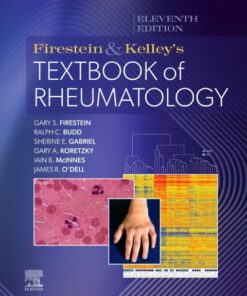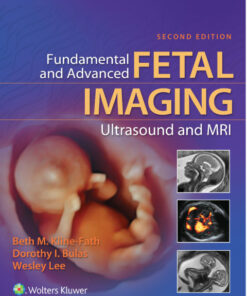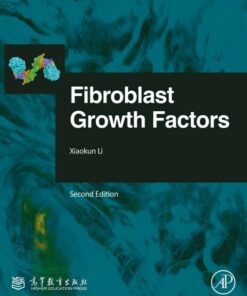Elementary Functional Analysis 1st Edition Ebook (nilibook.shop)
$25.00
Marat V. Markin
Elementary Functional AnalysisWhile there is a plethora of excellent, but mostly “tell-it-all” books on the subject, this one is intended to take a unique place in what today seems to be a still wide open niche for an introductory text on the basics of functional analysis to be taught within the existing constraints of the standard, for the United States, one-semester graduate curriculum (fifteen weeks with two seventy-five-minute lectures per week).’ The book consists of seven chapters and an appendix taking the reader from the fundamentals of abstract spaces (metric, vector, normed vector, and inner product), through the basics of linear operators and functionals, the three fundamental principles (the Hahn-Banach Theorem, the Uniform Boundedness Principle, the Open Mapping Theorem and its equivalents: the Inverse Mapping and Closed Graph Theorems) with their numerous profound implications and certain interesting applications, to the elements of the duality and reflexivity theory. Chapter 1 outlines some necessary preliminaries, while the Appendix gives a concise discourse on the celebrated Axiom of Choice, its equivalents (the Hausdorff Maximal Principle, Zorn’s Lemma, and Zermello’s Well-Ordering Principle), and ordered sets.’ Being designed as a text to be used in a classroom, the book constantly calls for the student’s actively mastering the knowledge of the subject matter. It contains 112 Problems, which are indispensable for understanding and moving forward. Many important statements are given as problems, a lot of these are frequently referred to and used in the main body. There are also 376 Exercises throughout the text, including Chapter 1 and the Appendix, which require of the student to prove or verify a statement or an example, fill in necessary details in a proof, or provide an intermediate step or a counterexample. They are also an inherent part of the material. More difficult problems are marked with an asterisk, many problem and exercises being supplied with “existential” hints.’ The book is generous on Examples and contains numerous Remarks accompanying every definition and virtually each statement to discuss certain subtleties, raise questions on whether the converse assertions are true, whenever appropriate, or whether the conditions are essential.” The prerequisites are set intentionally quite low, the students not being assumed to have taken graduate courses in real or complex analysis and general topology, to make the course accessible and attractive to a wider audience of STEM (science, technology, engineering, and mathematics) graduate students or advanced undergraduates with a solid background in calculus and linear algebra. With proper attention given to applications, plenty of examples, problems, and exercises, this well-designed text is ideal for a one-semester graduate course on the fundamentals of functional analysis for students in mathematics, physics, computer science, and engineering. Contents Preliminaries Metric Spaces Normed Vector and Banach Spaces Inner Product and Hilbert Spaces Linear Operators and Functionals Three Fundamental Principles of Linear Functional Analysis Duality and Reflexivity The Axiom of Choice and Equivalents ISBN:9783110613919, 3110613913



